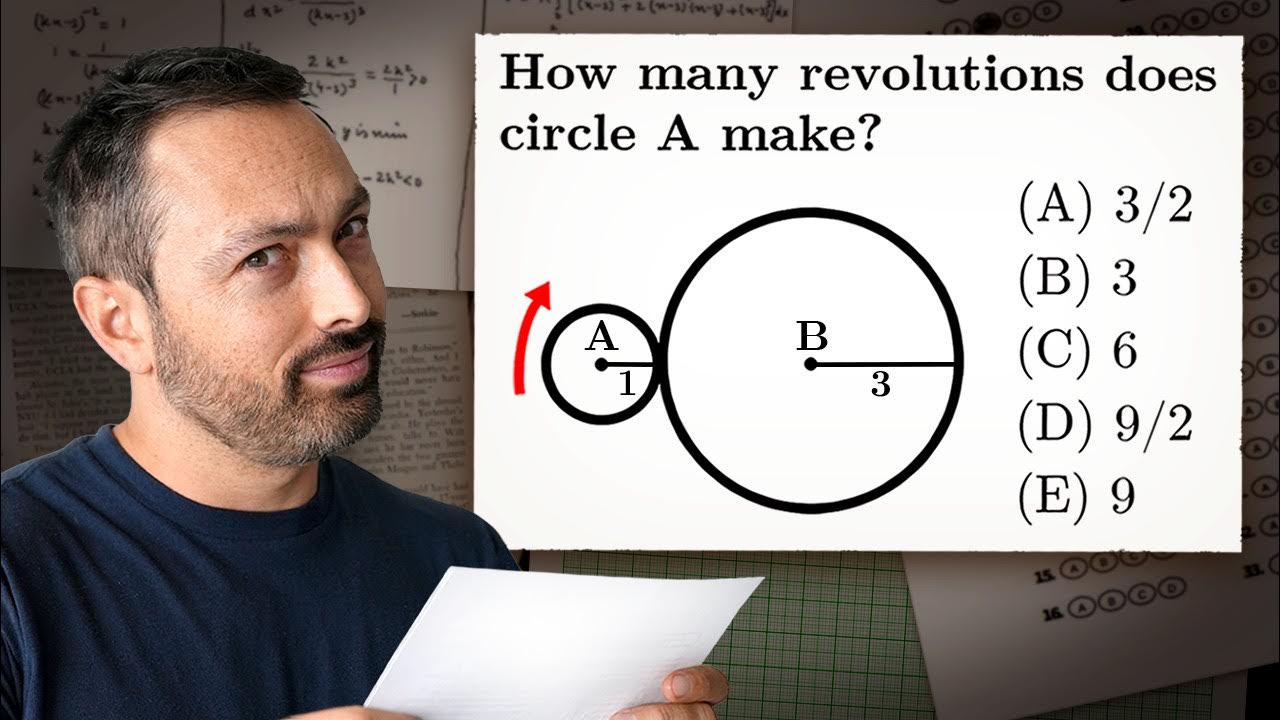- cross-posted to:
- hackernews@derp.foo
- cross-posted to:
- hackernews@derp.foo
You must log in or register to comment.
I did not watch this video but did read about this math. Visualize the larger circle unwrapped into a flat line, and the smaller circle sliding along the length of the line so its bottom point is fixed to the line. You’ll see the small circle never rotates. Now slide the small circle with a point fixed onto the large circle in the same way, and you’ll see the small circle makes one complete rotation. That rotation happens in addition to the rotations you get from dividing the larger circumference by the smaller circumference, so the answer is 4 in this case
Wouldn’t it be 3 = 6π/2π ?
if the path had been straight yeah, but the path itself rotates 360 degrees, which gives us an extra rotation



